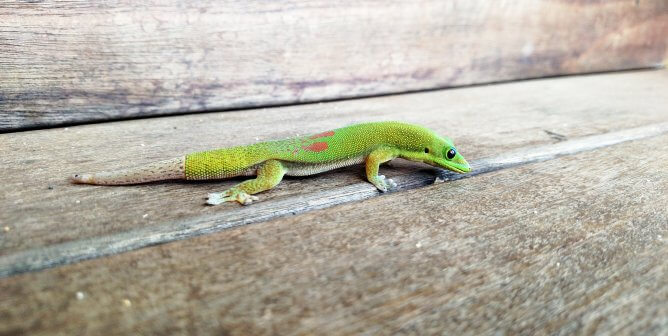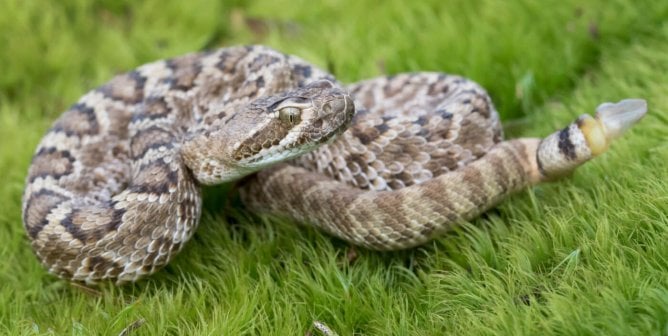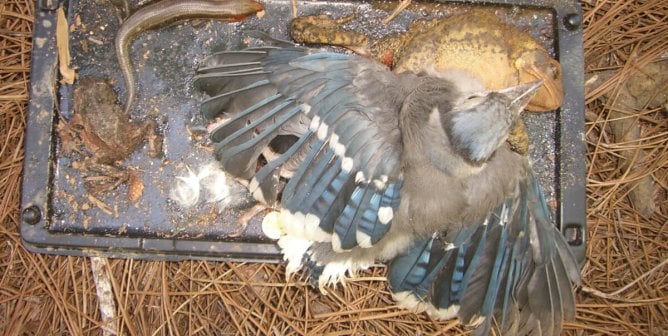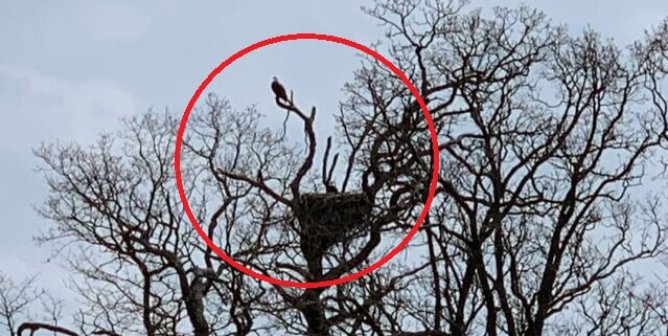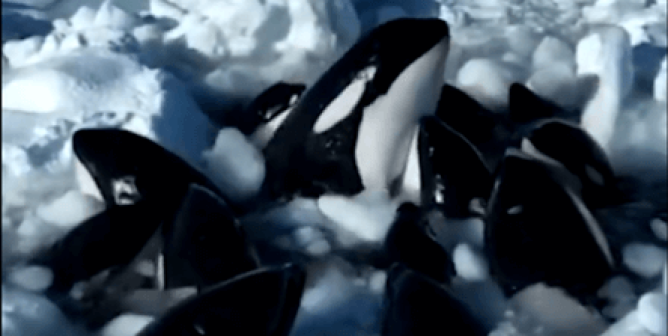Living in Harmony With Birds
From growing wild plants to building nesting spots, there are many ways to transform your yard into a sanctuary for wild birds.

If you love birds, you can find many wetland nesting areas, wildlife sanctuaries, and arboretums where birds can be seen and enjoyed in their natural habitats. Want an experience closer to home? Consider modifying your own backyard and making it more attractive to wild birds—then watch their antics from the comfort of your living room!
There are three basic requirements for creating a backyard habitat for wild birds: safety, a healthy and reliable supply of food and water, and an appealing habitat.
Domestic cats must be kept indoors. If you or your neighbors are feeding feral and/or outdoor cats, attracting birds to your yard will make for a death trap, so please don’t do it!
- Never use toxic herbicides, pesticides, or fungicides.
- Place stickers or screens on large windows in order to minimize the risk of midflight collisions.
- Be sure to cover vents leading from your residence with a screen or cage to keep birds from nesting inside.
Offering natural food sources works best. Uncut lawns, dandelions, sunflowers, and other wild plants will create a living space for insects and will produce seeds, two important food sources for birds.
- Plant berry-producing trees and plants.
- Avoid using bird feeders and birdbaths. Unless these are thoroughly cleaned daily, songbirds can contract salmonella poisoning from them and suffer painful deaths. If you must use feeders, only use them during blizzards or other extreme weather conditions.
- Provide safe shelter and nesting sites.
- Add nesting boxes.
- Keep or install well-preserved tree stumps and dead trees, hollowed-out logs, and large rocks, if such structures are safe.
There are many books and online guides available to help you design a backyard bird habitat, but you can start by not mowing your lawn and by planting native seed-producing plants. What you plant and which types of birdhouses and nesting shelters you construct will determine what varieties of birds will visit your yard. Once you observe and appreciate wild birds’ exuberance and mentality, the sight of a captive bird in a tiny cage will always remind you that birds should fly free.
Explore PETA’s home and garden section for more tips on how to create an animal-friendly environment.
